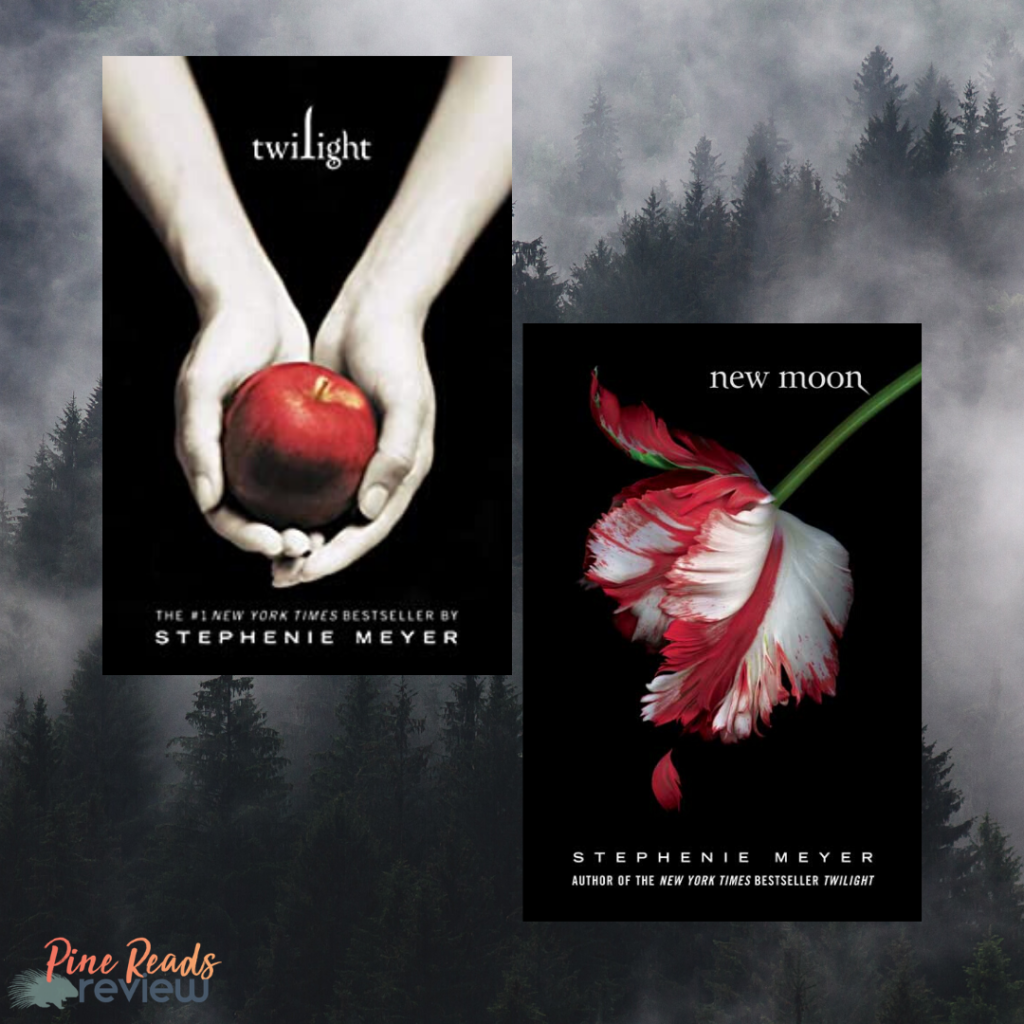
If you’re tuned into the world of YA books, you might already know that Stephenie Meyer is finally publishing Midnight Sun this August after putting it on hold for twelve years. Midnight Sun is a companion novel to the first book in the Twilight saga and a retelling of the story from Edward’s perspective. In 2008, somebody anonymously leaked twelve chapters of the Midnight Sun manuscript. Meyer wrote on her website after the incident: “If I tried to write Midnight Sun now, in my current frame of mind, James would probably win and all the Cullens would die, which wouldn’t dovetail too well with the original story. In any case, I feel too sad about what has happened to continue working on Midnight Sun, and so it is on hold indefinitely.” Basically, this is a big deal for all of us who were deep in the Twilight rabbit hole of the 2000s but didn’t know when or if we’d get the rest of the book. Or you’re just excited that vampires are trending again in publishing. Maybe you’re like me and you fall into both categories.
Leading up to the release of Midnight Sun on August 4th, I decided to re-read the Twilight series for the first time since I was eleven alongside my girlfriend and her family, who are possibly the biggest Twilight fans I’ve ever met. In coordination with my read-a-thon, I’ll also be reflecting on the series and how it’s different reading it as a 23-year-old versus an early tween.
In case you need a refresher, Twilight follows 17-year-old Bella Swan who’s just moved from Phoenix, Arizona to the tiny, rainy town of Forks, Washington. There, she meets the elusive Edward Cullen and his family, who are all extraordinarily beautiful and have alluring amber eyes. Neither Bella nor Edward can fight the intense magnetism between them, until finally Bella figures out that he’s a vampire. Eventually, a bloodthirsty vampire gets a whiff of Bella’s indelible scent and will not rest until he has her. Chaos ensues. In New Moon, even more chaos ensues as a result of Edward’s martyrish decision to leave Bella alone for her own good.
The Twilight franchise was incredibly important to me during my formative years and instilled in me a lifelong love for vampires. It’s difficult returning to a piece of media that you once loved and recognizing that yes, it is problematic and yes, I still love it can somehow be coexisting realities. But it would be irresponsible to not acknowledge the issues threaded throughout the series. Though definitely a precarious balance, I’m going to try to address the problems, while still celebrating the books in a healthy way. The two issues most glaringly noticeable in Twilight and New Moon, as well as the other two books, are Bella and Edward’s toxic relationship and Meyer’s harmful treatment of the Quileute Tribe.
Bella and Edward’s relationship is toxic, and there’s no way around it. Edward is manipulative, controlling, and so overprotective it borders on creepy. We are meant to understand that most of this can be attributed to his immense love for her, but it doesn’t detract from the obvious issues in certain passages. Edward frequently uses his ability to read minds to listen to what others think about Bella, and gets upset that other men find her attractive. There’s also the whole thing where, you know, he’s more than six times Bella’s age—placing Edward in an undeniable position of power over a 17-year-old girl. I also don’t think it’s uncommon to suffer from whiplash when the concept of love is first mentioned relative to their relationship; I honestly couldn’t make sense of the dissonance between the points where they went from getting to know each other to, “And so the lion fell in love with the lamb.” It’s downright harmful to romanticize this kind of relationship to a readership of—at least at the time of its peak—mostly young women.
Throughout the series, but especially apparent in the second installment, Meyer’s treatment of the Quileute Tribe is more than questionable. The Quileute Tribe has been located in La Push, Washington for thousands of years. In the books, many Quileute characters are shapeshifters who can turn into wolves. The actual Quileute origin story does involve a wolf; however, Meyer used Quileute traditions to insert her own fictionalized mythology of shapeshifting, “the cold ones” and “imprinting.” Beyond appropriating Quileute stories for her own literary devices, Meyer also presents the Quileute people as poor, uneducated, and having dysfunctional relationships. Visit Truth Versus Twilight, a collaboration between the Burke Museum of Natural History and Culture and the Quileute Tribe, for more information regarding the misrepresentation and ethical concerns of Twilight’s use of the Quileute people.
Still, however problematic, I found myself genuinely enjoying my return to Twilight after so many years. I’ve binge-watched the movies several times and even traveled to Forks, Washington since the height of the collective Twilight obsession, but there’s something magical about reading a series that you once loved. It’s hard not to get completely absorbed in the world of vampires and drama even now, mediocre writing and critical thinking be damned. Bella’s clumsy awkwardness is uncomfortably relatable, and a lot of the characters are easily likeable. Meyer also captures the atmosphere well—even if you haven’t been to the small, wet Washington town, you get a feel for what Forks might be like. The characters all have their own distinct personalities and quirks. Twelve years later and I still—more or less—love each of the characters.
At what point do we stop ourselves from returning to old media that we know is problematic? Is the release of Midnight Sun going to stir up the sparkly Twilight dust and expose a new generation of youth to romanticized toxic relationships and harmful portrayals of Native Americans?
PRR Writer, Caroline Ross
2 thoughts on “Throwback Thursday Review | Revisiting Twilight & New Moon: A Love/Hate Relationship”
Comments are closed.